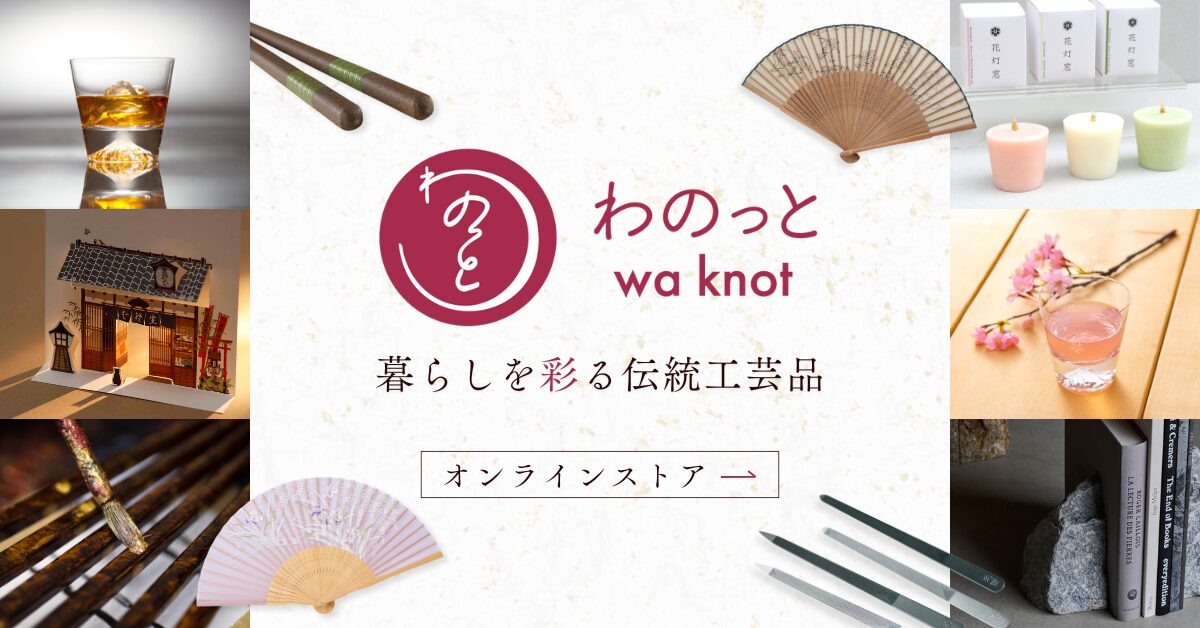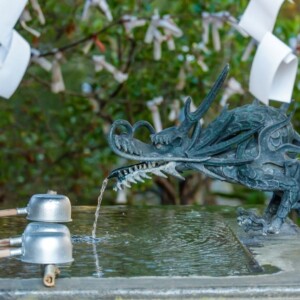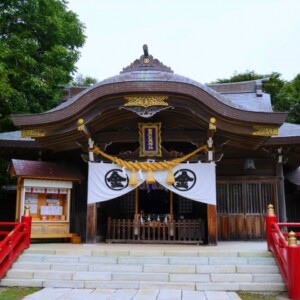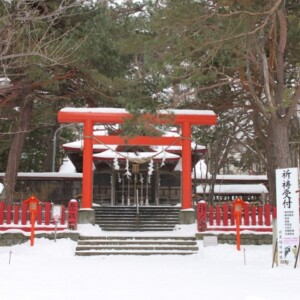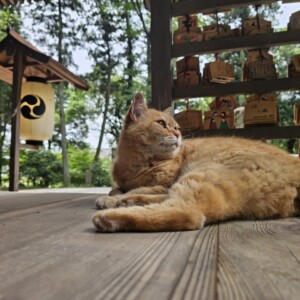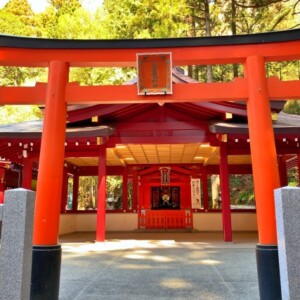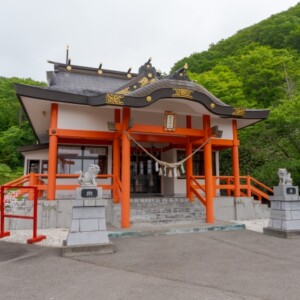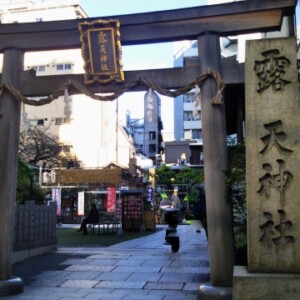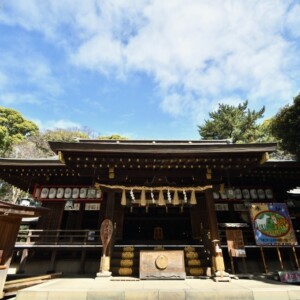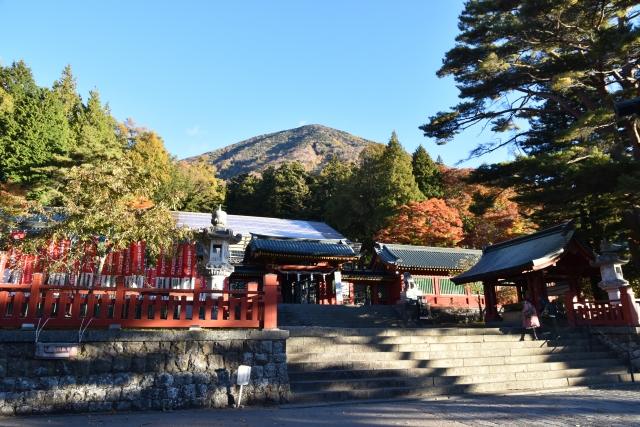
Nikko Futaarasan Shrine Chugu-sha|Complete guide to the sacred site by Lake Chuzenji and the center of Nantai-san worship.
Nantai at the foot of Mt. Nantai, on the northern shore of Lake Chuzenji, the Nikko Futaarasan Shrine Chugu Shrine has long been worshipped as a sacred site, with Mt. Located halfway between the main shrine and the Okumiya shrine, the shrine plays an important role as the center of Nantai-san worship in Oku-Nikko. Known for its beautiful shrine pavilions, designated as Important Cultural Properties, and the Treasure House, which houses one of the largest collections of famous swords in Japan, it is a representative power spot in Oku-Nikko that attracts many worshippers and tourists.
Outline and Basic Information on Nikko Futaarasan Shrine Chugu Shrine
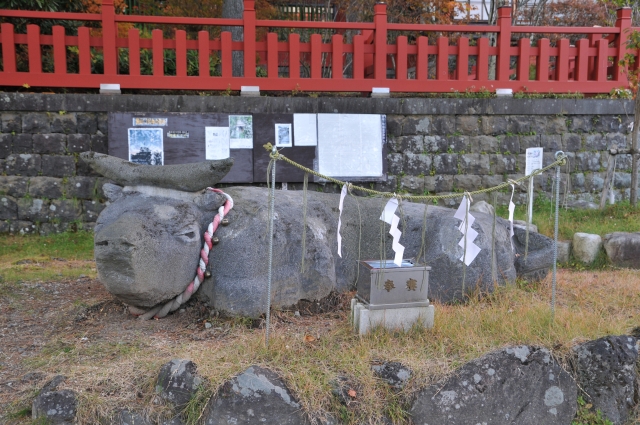
Nikko Futaarasan Shrine Chugu Shrine is called Chugu Shrine because it is located between the Futaarasan Shrine Okumiya at the top of Mt. This unique arrangement is an important element that illustrates the distinctive features of the Nantai-san faith.
History and Origin
Nikko Futaarasan Shrine is located in Nikko City, Tochigi Prefecture, and has long been a local deity rooted in the local community as the shrine of the Ujigami of Nikko. The history of Chugu Shrine dates back to the belief in Mt. Nantai, which was founded by Shodo Shonin, the founder of Shugendo, during the late Nara and early Heian periods.
Katsudo Shonin succeeded in ascending Mt. Nantai in 784, and built the Okumiya (inner shrine) at the summit of the mountain. Later, for the convenience of worshippers, the Chugu Shrine was built at its present location on the shore of Lake Chuzenji. This arrangement established a step-by-step system of worship, whereby worshippers would pray from the Chugu Shrine while looking up at Mt. Nantai, and those who were physically fit would climb to the Okumiya Shrine.
The grounds of Futaarasan Shrine, together with those of Toshogu Shrine and Rinnoji Temple, are designated as a national historic site in the “Nikko Sannai” area, and are registered as a World Heritage site as the “Shrines and Temples of Nikko.
Deities and Benefits
The three deities enshrined at Chugu Shrine are Ohonamuchi no Mikoto, Tagorihime no Mikoto, and Ajisukitakahikone no Mikoto, who are believed to be beneficial for good fortune and marriage.
Okimiki-no-mikoto is another name for Okuninushi no-mikoto, and is widely worshipped as the god of land development, agriculture, and medicine. Tashin-hime-no-Mikoto is one of the three goddesses of Munakata and is known as the god of maritime safety and traffic safety. Ajidade Takahikone-no-Mikoto is worshipped as the god of thunder and agriculture, and is believed to be especially beneficial for a good harvest.
Thanks to the divine virtues of these gods, many people visit Chugu Shrine to pray for good fortune, matchmaking, family safety, prosperous business, and academic success, among other things. The shrine is also a powerful power spot, especially because of its location against the backdrop of the sacred mountain Nantai-san.
Nikko Futaarasan Shrine Chugu Shrine Highlights and Features
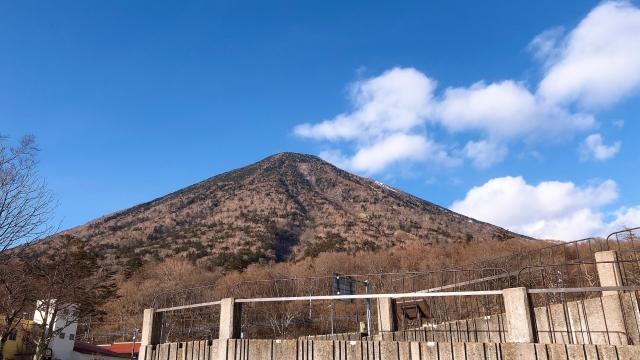
Chugu Shrine is not only a place of worship, but also an attractive spot where visitors can enjoy historical buildings, valuable cultural assets, and the beauty of nature at the same time.
Group of Important Cultural Properties
The main shrine, Karamon gate, and worship hall of Jungungungsa are designated as Important Cultural Properties. These buildings are a valuable cultural heritage that conveys the characteristics of the excellent shrine architecture of the Edo period.
The main hall is a majestic building of irimoya style with elaborate carvings and decorations. The Karamon Gate is a beautiful gate incorporating Chinese design and serves to lead worshippers into a sacred space. The hall of worship is a place for worshipers to pray, and is both functional and beautiful.
These structures, along with Nikko Toshogu Shrine and Rinnoji Temple, are registered as World Heritage sites as “Shrines and Temples of Nikko,” and are internationally recognized for their historical value and architectural beauty.
Treasure House and one of the largest collections of famous swords in Japan
The Treasure House exhibits the largest collection of swords in Japan, “Nemikirimaru,” as well as artifacts excavated from Mt. Nantai, national treasures, and important cultural properties. This treasure house boasts a valuable collection that should not be missed by sword enthusiasts and history buffs.
Particularly famous is the “Nenekirimaru,” known as one of the largest swords in Japan, measuring approximately 4 meters in length. The sword is believed to have been made in the late Heian period and attracts many visitors with its enormity and beauty.
The museum also exhibits a number of valuable cultural assets, including ancient votive offerings excavated from the summit of Mt. Through these exhibits, visitors can learn about the history of the Nantai-san faith from ancient times to the present day and the depth of Japanese sword culture.
Spectacular view of Lake Chuzenji and Mt.
One of the major attractions of Chugu Shrine is its superb location. From the shrine, you can see the beautiful surface of Lake Chuzenji and the majestic Mt. Nantai rising in the background at the same time.
Particularly in the early morning and at dusk, the silhouette of Mt. Nantai reflected on the surface of the lake is fantastically beautiful, attracting many photographers and tourists to enjoy the magnificent view. The scenery, which changes its expression from season to season, has different charms: fresh green in spring, deep green in summer, red leaves in fall, and snowy landscape in winter.
The shrine grounds cover an area of 3,400 hectares, including the Nikko mountain range that forms the heart of Nikko National Park, Kegon Falls, and Iroha Slope. The vast temple grounds are more than just a shrine; they are a sanctuary in harmony with nature that deeply impresses visitors.
Guide to Worship and Visiting the Shrine
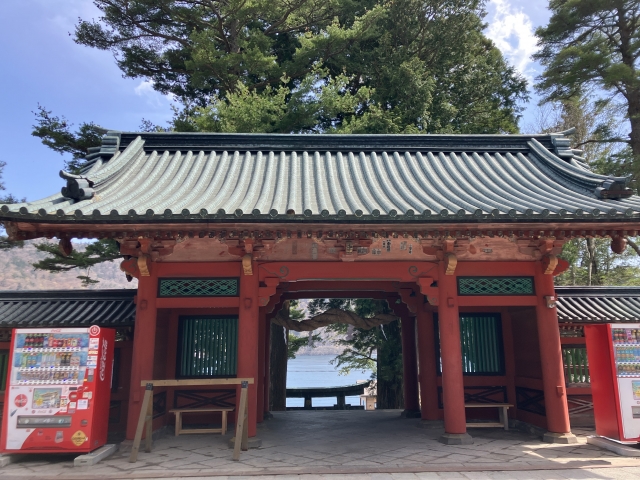
While visits to Jungungungsa are possible throughout the year, the opening hours and ways to enjoy the shrine vary depending on the season. Please be mindful of proper worship etiquette and make the most of your time in this sacred place.
Worship Etiquette and Manners
When visiting Chugu Shrine, please follow the general manners of shrine visits. First, bow lightly as you pass through the torii gate, and walk down the approach to the shrine, avoiding the center of the path. After purifying your hands and mouth at the hand- and mouth-cleansing booth, proceed to the hall of worship.
When you enter the hall of worship, you should bow twice deeply. First, bow deeply twice, then clap twice in front of the chest, and finally bow deeply. If you have a wish to make, after clapping, offer a silent prayer in your heart before making the final bow.
When visiting the shrine, keep in mind that it is a sacred place, and try to refrain from loud conversations and the use of cell phones. In addition, while photography is generally permitted within the temple grounds, it is important to check in advance because in many cases photography is prohibited inside the main shrine or treasure hall.
Guide to Climbing Mt.
One of the unique features of Chugu Shrine is the gate on the right side of the main shrine to the inner sanctuary at the top of Mt. From here, visitors can climb Mt. Nantai and visit the inner shrine at the summit.
Nantai from May 5 to October 25 of each year, and the reception desk is located at Chugu Shrine. Admission is 1000 yen for adults and 500 yen for children. The trail is a full-blown 8-hour round-trip hike, requiring adequate fitness and equipment.
Please be sure to check the weather conditions and prepare appropriate climbing gear before climbing the mountain. It is also recommended to check the mountaineering report and safety measures in advance. The view from the summit is spectacular, offering a panoramic view of Lake Chuzenji and the Kanto Plain.
Points of Interest for Treasure House Viewing
The Treasure House is open from 8:30 to 16:30 in summer (April to October) and from 9:30 to 15:30 in winter (November to March). Admission is until 30 minutes before closing.
Admission is 1000 yen for adults and 300 yen for elementary and junior high school students, with discounts available for groups of 10 or more. In the Treasure House, visitors can see “Nemikirimaru” and other valuable swords, artifacts excavated from Mt.
Exhibits are subject to change depending on the season, and special exhibitions may be held. The museum is closed on Tuesdays and Wednesdays, but if a national holiday falls on a Tuesday or Wednesday, the museum will be closed the following day.
Access/Use Information
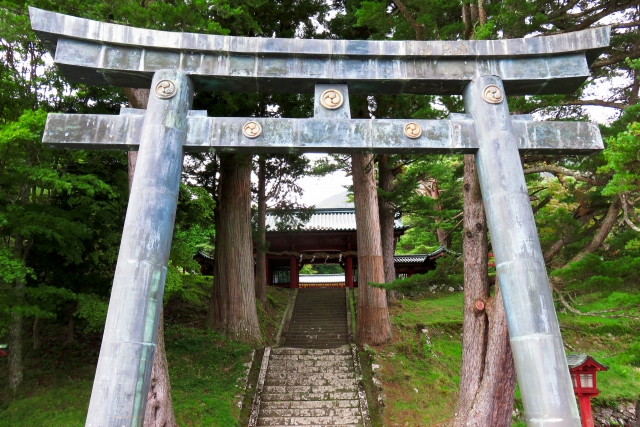
Chugu Shrine can be accessed by both public transportation and private vehicles. Due to its location in Oku-Nikko, it is important to confirm the means of transportation in advance.
Transportation Access
When using public transportation, Nikko Station on the JR Nikko Line and Tobu Nikko Line is the nearest railroad station. From Nikko Station, take the Tobu Bus bound for Yumoto Onsen and get off at the Futaarasan Shrine Chugu Shrine stop. The trip takes about 50 minutes. You can also take a bus bound for Chuzenji Onsen, get off at the last stop, and walk for about 15 minutes.
By car, it is about 15 km from the Kiyotaki Interchange on the Nikko Utsunomiya Road via Iroha-zaka, which takes about 30 minutes. Iroha-zaka is a mountain road with a series of sharp curves, so driving should be done with caution. Traffic jams are likely to occur, especially during the fall foliage and tourist seasons, so we recommend that you plan ahead and allow plenty of time for your visit.
Opening hours, fees, and parking information
While the temple grounds are open year-round, the hours of operation of the Treasure House vary depending on the season. In summer (April to October), the museum is open from 8:30 am to 4:30 pm, and in winter (November to March) from 9:30 am to 3:30 pm.
Admission to the Treasure House is 1,000 yen for adults and 300 yen for elementary and junior high school students; group discounts of 800 yen for adults and 200 yen for elementary and junior high school students are available for groups of 10 or more people.
Free parking for approximately 20 cars is available adjacent to the shrine. Early arrival is recommended, as the lot may be full during the tourist season and holidays. There are also several pay parking lots along the shores of Lake Chuzenji, so please consider using them during busy times.
Credit cards and electronic money are not accepted, so please come prepared with cash. Also, although Wi-Fi service and power outlets are not provided, enjoying a digital detox in a beautiful natural setting is one of the best parts of visiting Chugu Shrine.
<Address> 2484 Chugu Shrine, Nikko-shi, Tochigi 321-1661
Reference site
Nikko Futaarasan Shrine: http://www.futarasan.jp/


